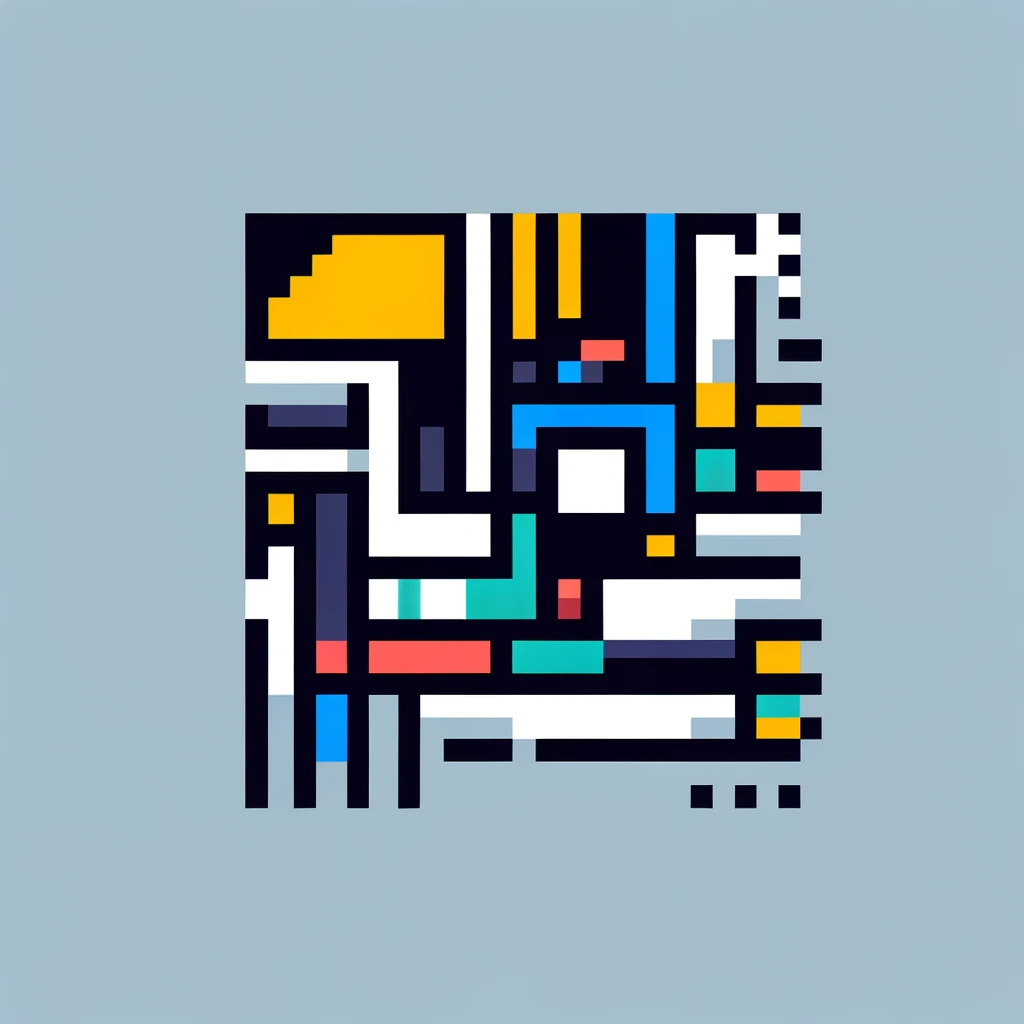208 reads
The Abstraction and Reasoning Corpus (ARC): Why It's Important
by
April 10th, 2024
Audio Presented by

The Leading Authority on Events and Ideas to Separate Something From Something Else [read ABSTRACTION].
About Author
The Leading Authority on Events and Ideas to Separate Something From Something Else [read ABSTRACTION].